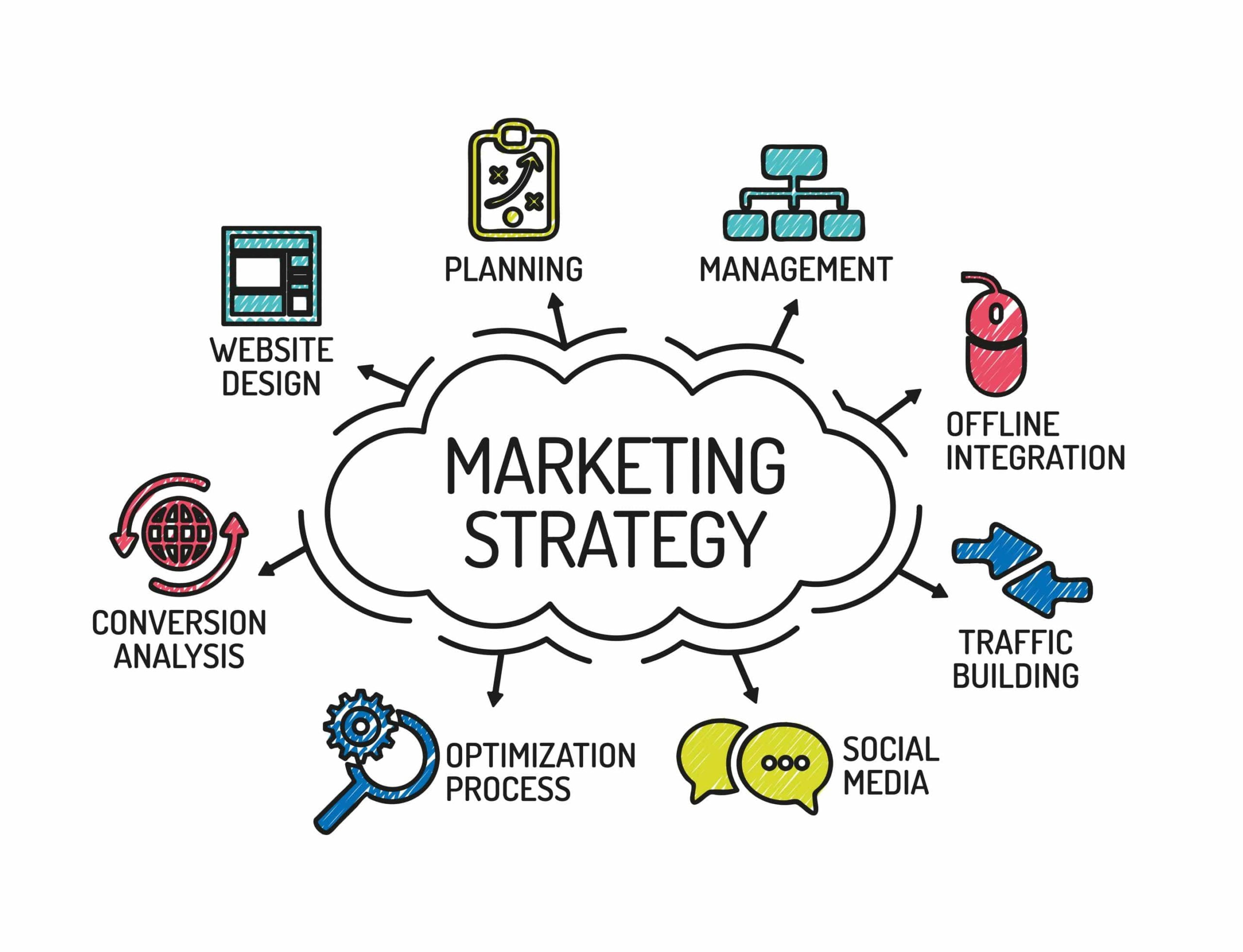What’s the most important thing you need to attend to about developing a pinnacle-notch software program product? Founders, particularly those without a tech heritage, have difficulty determining which technology stack they must use for their product. The regularly asked questions associated with the tech stack, with the aid of non-technical founders, are:
- Should we use Python or Java because of the programming language?
- What will be the proper choice for the net framework: NNode.jsor Flask?
- What could be the suitable front-end option: React, Angular, or Vue.js?
- What approximately is the database: MySQL or MongoDB?
- Should we self-host the app or go along with Amazon AWS, Microsoft Azure, or Google Cloud?
Here’s a quick manual to help founders with a non-coding historical past decide on the proper stack for their startup.

What is a tech stack?
In straightforward words, the technology stack is a hard and fast set of gear and frameworks utilized in software development. In other words, it’s the aggregate of programming languages, frameworks, and gear used to develop internet and mobile programs.
A common web or cellular utility is split into parts:
Backend (concerning the server aspect)
Although the application’s backend is not seen by the users, it powers the front end quietly, similar to an energy station that generates strength for your home. The desire of backend generation for developing the net or mobile application is of essential significance.
“LAMP,” an abbreviation for Linux, Apache, MySQL, and PHP, was continually one of the most famous lower back-stop stacks. PHP is used because of the scripting language, MySQL because of the database, Apache as the internet server, and Linux because of the server’s operating system.
But these days, “MEAN,” which stands for MongoDB, Express.js, AngularJS, and Node.js, has become one of the most famous alternatives for a tech stack for MVPs.
Front quit (concerning client-side)
Front-end development consists of the whole thing a person sees on their display screen, including a website, web app, or mobile app. There are 3 important frontend era stack components: HTML, which defines the structure of the records presented within the browser. CSS: determines the fashion of the utility content, which includes fonts, hues, and layouts. JavaScript: enables the interactivity of the web page. Google’s AngularJS and Facebook’s React.js are the most popular front-end stacks utilized by developers today.
Benefits of selecting the right stack
Choosing the proper tech stack for your utility may be useful for your business in many ways. The advantages of selecting the right tech stack are:
The base overall performance of your product or software may be strong. Your developer will be capable of coding better and quicker, and you’ll be able to retain the same developers for future tasks. Your software’s codebase may be clean to maintain, while choosing the wrong stacks results in extra upkeep expenses and technical debt. The stack can be well documented, and it’ll be smooth to restore, with not unusual bugs and/or overall performance problems.
Drawbacks of selecting the wrong stack
Choosing the incorrect tech stack can be highly-priced, and you may face the following problems: A new stack would require beyond regular time to adapt, and the build time from the ground up is equally lengthy. Some of today’s tech stacks have common replacement cycles that require common adjustments to keep the app running with the contemporary codebase. You might also face a problem locating skilled developers. The tech stack may additionally emerge as unsustainable.







